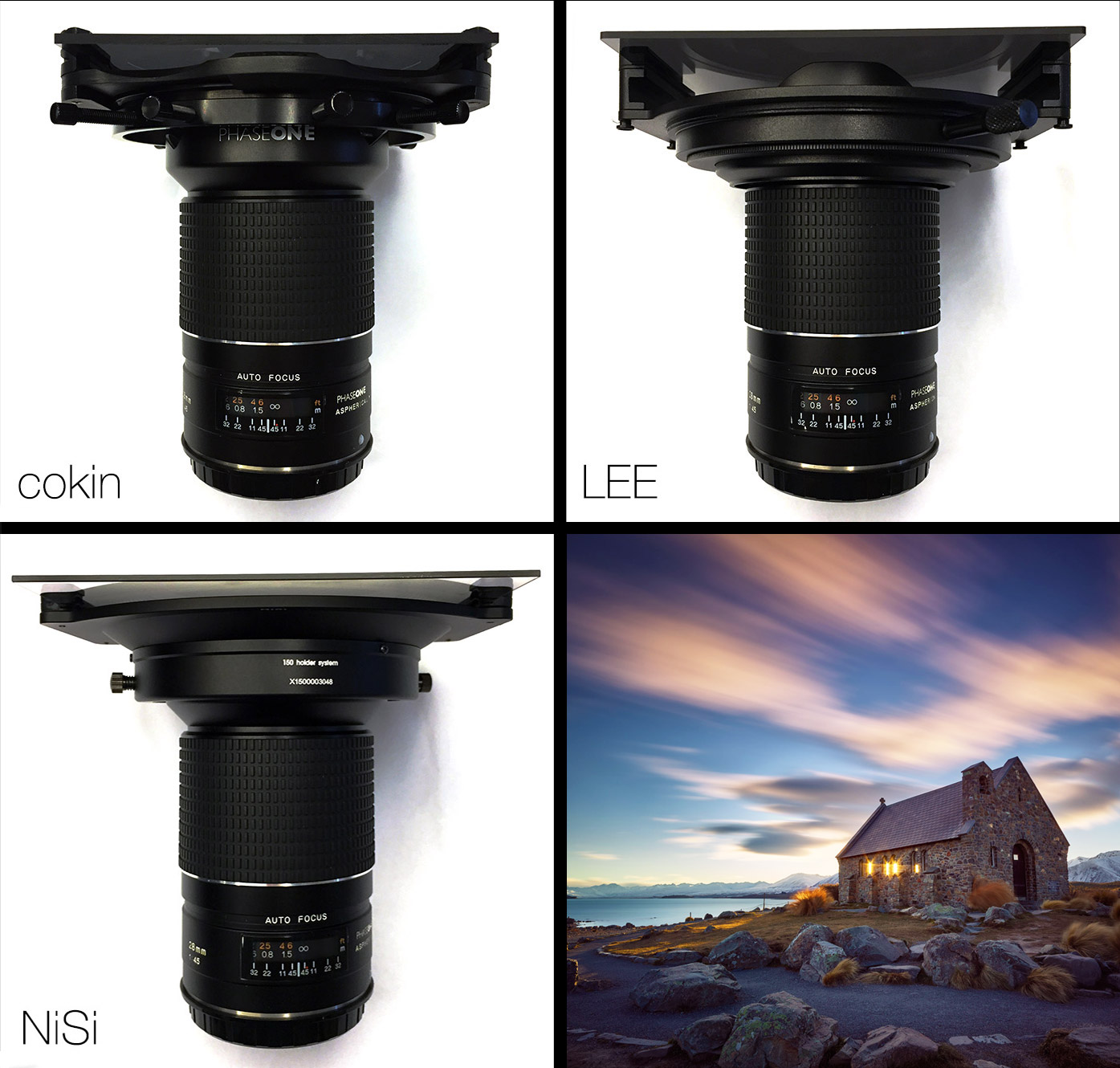Note: Updated August 2016 after a year of using NiSi filters, click to read below.
“What filters do you use?” – It’s the question that most landscape photographers ask just after they’ve probed into what camera you’re using.
And in the same way as the ongoing “Nikon vs Canon war” (which is amusing to watch in itself!) the so-called brand allegiance is fun to explore when you start asking exactly why a photographer has chosen a particular system.

For landscapes, filters can quickly become an essential part of your kit list – and they can be as big an investment for a full set as a very good lens in itself. Rightly so, I must add, as what’s the point in paying £5,000 for a lens to put a piece of cheap plastic in front of it for when you want to slow down an exposure?!
Let’s take the shot above – from Sydney, Australia – without a “Graduated Neutral Density Filter” either the sky would have been too bright or the city too dark for the camera to resolve in one frame. So, these things become part of what you do, and mine travel everywhere with me.
Having used Cokin, Hoya and LEE filters for many years (and being familiar with each of their little “quirks”), I have to admit I was a little hesitant when the Chinese manufacturer – “NiSi” approached me to see if I’d be willing to try theirs out. That said, they came with good reviews and the tech specs looked promising, so I accepted – but presented them with one big problem: My Phase One 28mm lens.
You see, many of you who have looked at my “behind the scenes” images will have noticed I have a range of extra things covering the camera to prevent “light leaks” – and this is common for almost every Phase One shooter out there. The cause? It’s the fact that the lens has a built-in “hood”, and the glass sticks out beyond, preventing the use of any sort of screw-thread (traditional) filter kit. Some manufacturers (like LEE) have introduced a special ultra-wide filter system such as the one I already own for these types of lenses (the modified SW-150) but in all honesty, they are still shockingly bad at preventing light from leaking through. I’ll explain in more detail later, but here’s what NiSi did to take up my challenge:
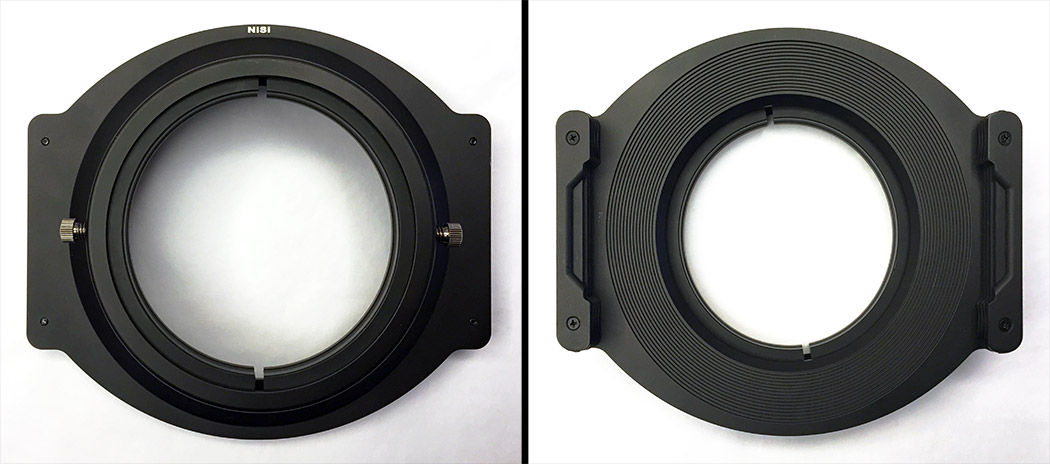
They actually built me a one-of-a-kind prototype to test their system with. Custom-made for my lens, perfectly manufactured, it would have been rude to say no…!
I decided it would be worth doing a proper comparison on the three systems I own: Cokin’s “X-Pro” series of 130mm resin filters. LEE’s 150mm filter system (in both glass and resin) and NiSi’s 150mm all-glass, coated filter system. Both Cokin and LEE options, I’ve used for quite some time – the NiSi offer was completely new to me and a trip to New Zealand presented the perfect opportunity to give it a real test.
So let’s consider what we’re looking for in an ideal filter system. Really, it’s 4 things:
- Simple and easy to use
- No “light leaks”
- No “colour cast”
- Durable and hard-wearing
1) Let’s start at the beginning – “simple and easy to use”. And here’s the comparison:

No, your eyes are not playing tricks on you, that LEE system is a nightmare! In fact, in order to install the filter holder, you have to remove the lens from the camera each time (risking additional dust hitting the sensor) and assemble the 4 metal parts together in the right order, followed by placing two silly bits of black plastic that claim to stop light leaking on to the back of it – hardly efficient! At a practical level, it just feels like something that has been designed by an engineer – not a photographer. When I arrive at a location, I don’t have time to assemble such a contraption, I just need to get the shot.
The Cokin offer for this type of lens is rather like a medical spine-lengthening device that you have to screw to the outside of the lens hood and slide the holder over the top, but at least it’s a lot simpler and compact than the LEE Filters SW150 system. “Basic” doesn’t describe its scant design accurately – but this is something which is meant to be a “catch all” for any large lens out there, so no surprises that it feels somewhat clunky and unsophisticated in comparison.
And then, on the right, we have the NiSi system. One piece of metal, with 3 slots attached to it and two screws that tighten the collar around the outside of the lens hood, ready to go. I’m still a little concerned about the two small gaps on the inner ring, but otherwise it seems like a much better design.
OK, first round: NiSi: 9/10 | Cokin: 5/10 | LEE: 1/10 (it’s made of good metal, at least)
2) Then let’s move on to “light leaks” – and here is where the problems really start.
You see, once you have a gap between the filter and the lens itself, light can creep in. Once light is inside that area, it’s going to bounce around all over the place – you’ll see reflections of yourself, other filters, any bits of dust on the back side of the filter itself, and there’s no controlling it. What makes it even worse is when a filter is uncoated such as those from LEE and Cokin (NiSi use an anti-reflective coating on theirs) and this is why you see photographers wrapping their lenses up in fabric or black tape when shooting – it’s crazy!
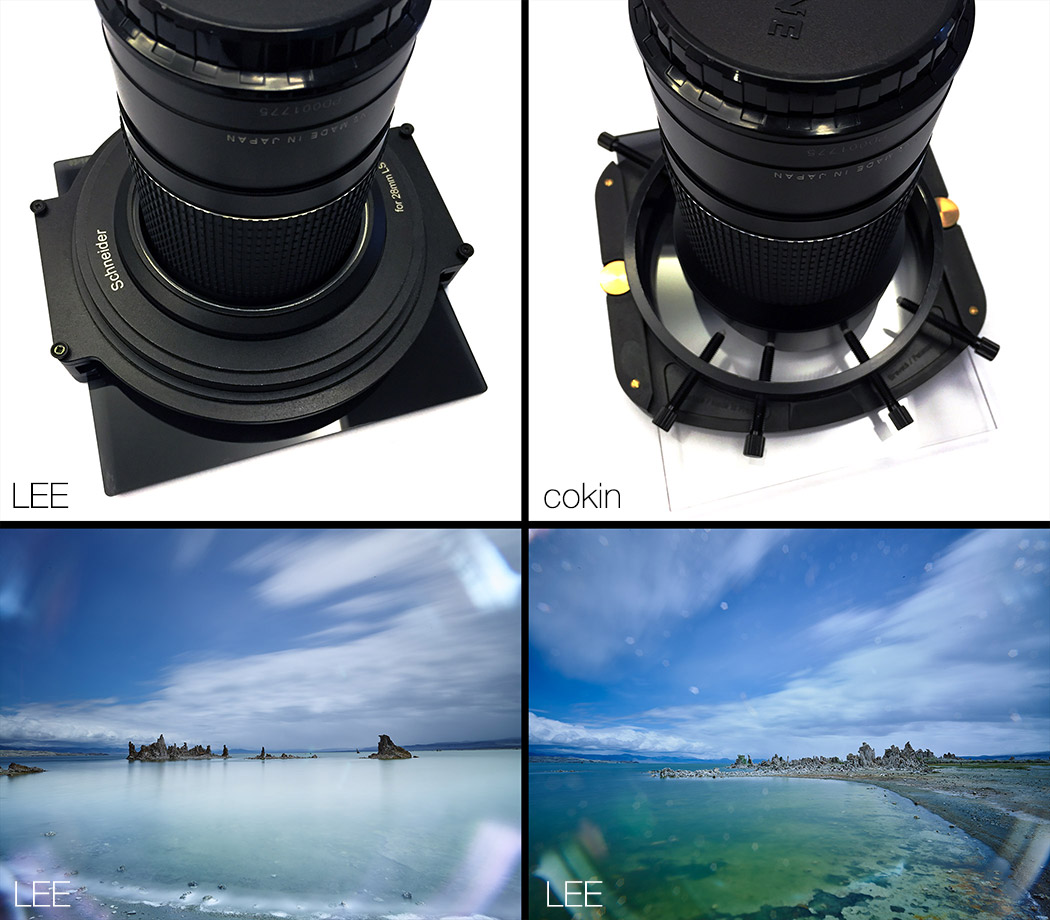
Cokin provide nothing to help with this issue – you have to improvise, whereas LEE offer the two “magic plastic” pieces that slot onto the holder (which are sadly ineffective).
Now, please note that LEE have recently released an update to their SW150 – and introduced the “mark ii” version. This now comes with an extra hood (called a “lightshield”) which is supposed to fix the issue. The reality, however, having seen it being used with my own eyes by a friend on his Nikon setup is that it’s far from perfect:
- It’s yet another piece of the puzzle to assemble together on the lens – that makes 5 pieces to put together when shooting – absolutely ridiculous!
- Without coated/anti-reflective filters, the issue still exists where even the smallest bit of light entering the chamber will continue to create the problem.
- I find it awfully arrogant that they are charging an upgrade price to existing users for the “lightshield”, given the cost of the original unit and that this extra hood is there to fix a design flaw that they engineered!
So, on both the LEE and Cokin front, I’m very unimpressed. So what about the NiSi system? Well, NiSi, like Cokin, provide nothing out of the box – so I had to wonder why…
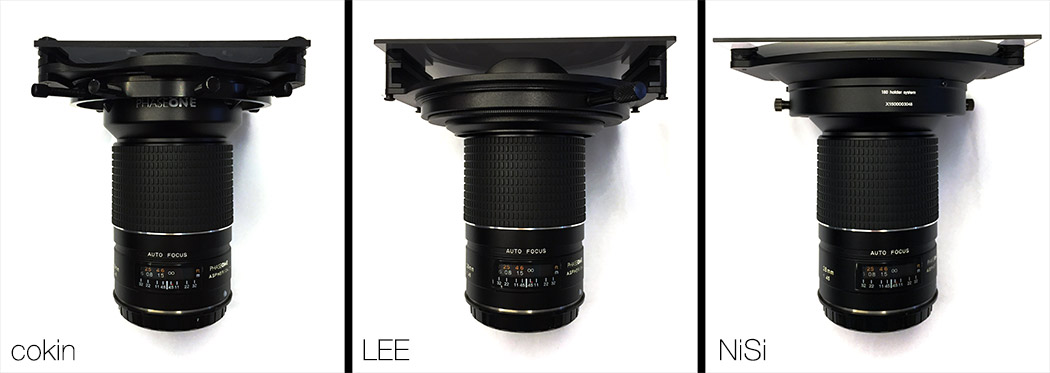
From the picture above it may not be completely obvious, but NiSi have somehow managed to completely surround the lens hood with their black metal dome, leaving almost zero gap between the holder and the first filter. Unlike the LEE and Cokin offers which have to put “spacers” in before the first filter slot, NiSi have designed this from the ground up to prevent light even entering the chamber. From shooting with the system over a week in New Zealand, I have to say even the two little “gaps” I was worried about had no impact at all – in every situation I put it into, without any additional tricks or fabric blockers, it showed no reflection or leak whatsoever.

Anyone wanting proof? Well, here are some of the outputs from those situations above. Without a lot of “wrapping”, both LEE and Cokin systems would have ruined the shots, as light would have been bouncing around all over the place. This setup from NiSi, however, worked perfectly.
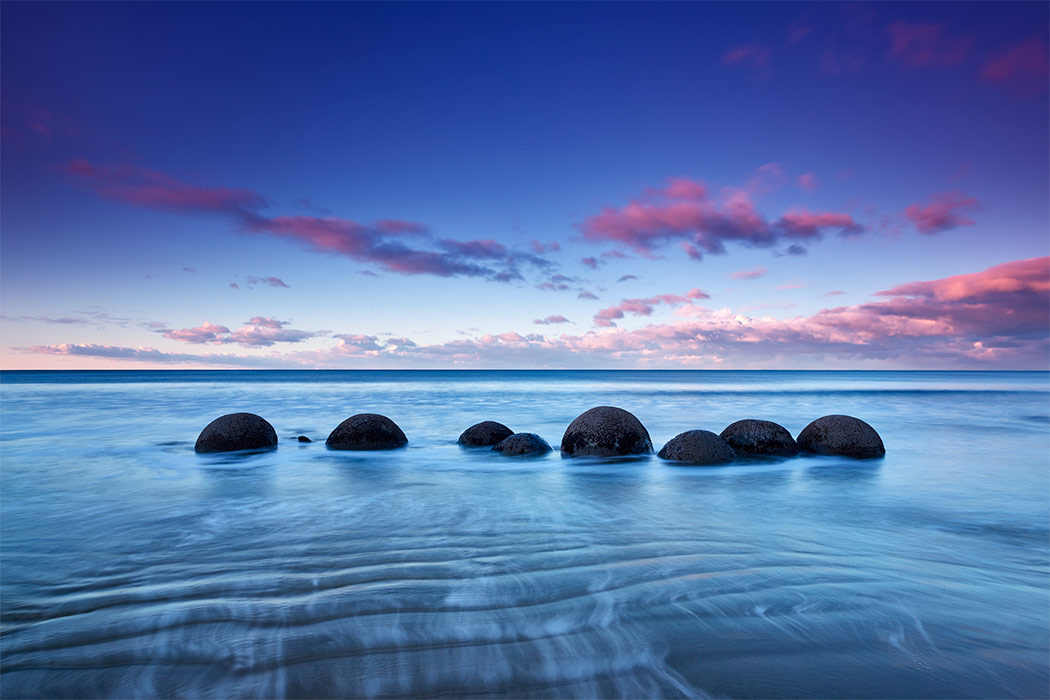
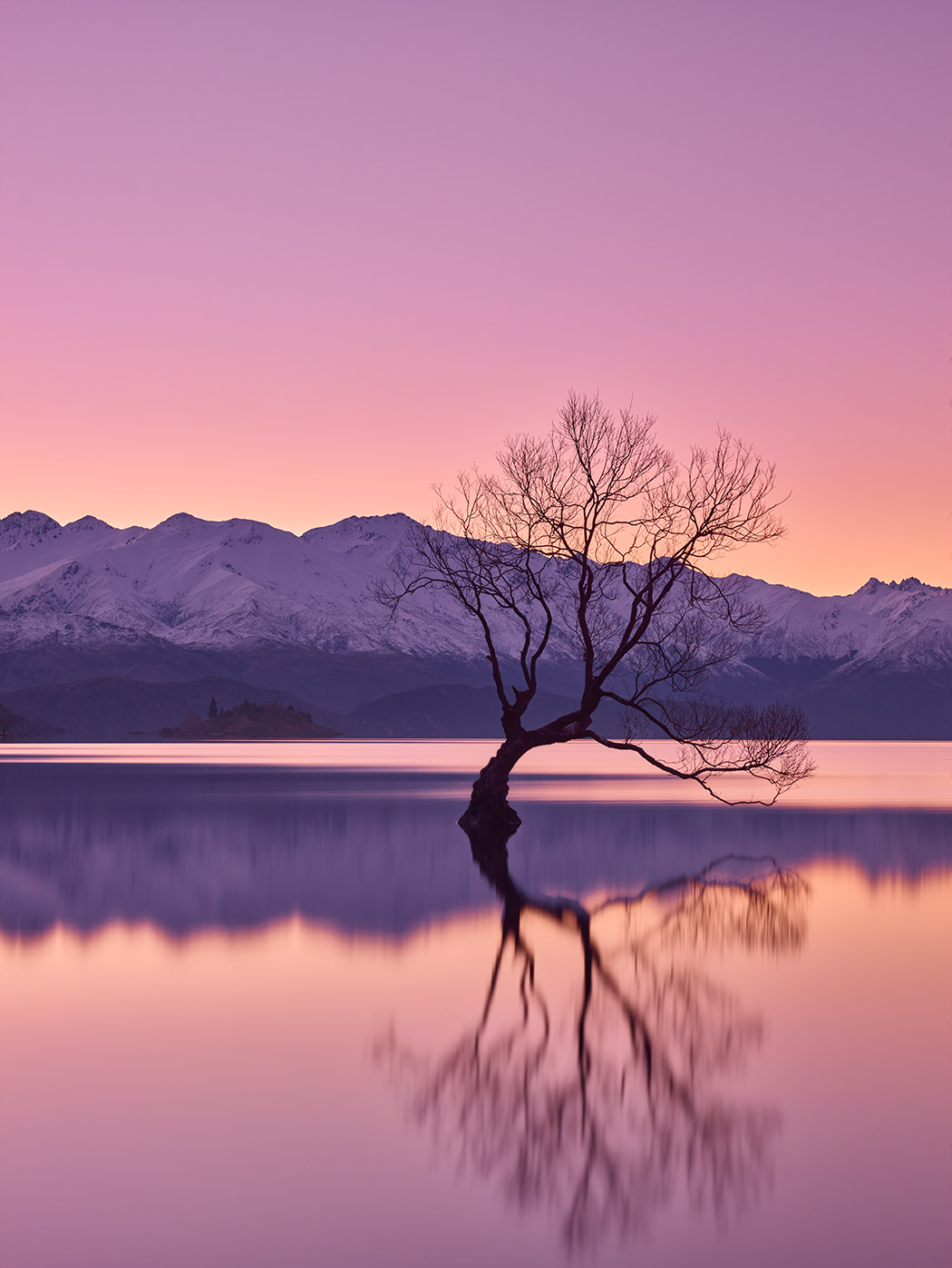
So, second round: NiSi: 9/10 | LEE: 6/10 (the black tabs do block *some* light) | Cokin: 0/10
3) The “fun” one for Cokin: Colour cast (or color cast for those West of Ireland!)
Spend enough time around Cokin users, and you’ll hear them refer to the “slight pink tones” that come from stacking (using more than one of their filters at the same time). Spend that same time around a LEE user, and you’ll hear them mock Cokin users because of the “awful red colour-cast they always get”.
In truth, what neither will tell you is that both LEE and Cokin have colour-cast issues. Cokin filters do generally deliver pinkish-images across the board. LEE present a greenish-blue tint to the image.
Colour cast is a real problem for photographers, but is a natural byproduct of putting sheets of resin or glass in front of the lens. While they’re called “neutral density filters”, the reality is that there are always slight colour issues that start to play when multiple layers of any material come in between the light and the sensor.
What makes it worse, in Cokin’s case, is that when you stack their filters (add more than 1 filter in front of the lens), the tint gets dramatically worse. Take a look at these three raw files I took for fun in Lake Tahoe in May – I actually took the last one to demonstrate the point to one of the guys on my workshop:

The first is the scene with a simple ND-Grad. Yes, there’s slightly more magenta than there was in the natural image, but I needed it to balance out the brightness in the shot. The second image is where a 3-stop ND filter has been stacked on the ND-Grad, as the scene was getting generally brighter – note the pinky/reddish colour coming in? Finally, a stack of three (a stack of two ND-Grad filters from Cokin as well as their 3-stop “154” ND) – wow. Now that image is basically unusable (and pretty hard to salvage, even from raw)!
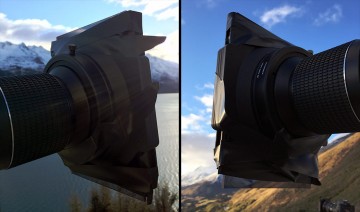 While we know the problem comes when stacking the glass/resins on top of each other, sometimes, a single graduated filter just isn’t enough. To get “that shot”, I often use two filters in combination (and around 10% of the time, three). If you look at this image, you’ll see I’ve even come up with a handicraft method of stacking 4 or more filters to create two reverse ND-Grads for a bright horizon – but I wouldn’t recommend it!
While we know the problem comes when stacking the glass/resins on top of each other, sometimes, a single graduated filter just isn’t enough. To get “that shot”, I often use two filters in combination (and around 10% of the time, three). If you look at this image, you’ll see I’ve even come up with a handicraft method of stacking 4 or more filters to create two reverse ND-Grads for a bright horizon – but I wouldn’t recommend it!
Now don’t get me wrong – I’ve actually used the Cokin colour-cast to my advantage before – imagine what a slightly warmer/pink tone can do to an already stunning sunrise! But in general, if the filter can’t be relied upon to allow the camera to capture the real colours in a scene, it’s a big problem.
In reality, there is no such thing as a perfectly colour-cast-free filter. ALL substances have some form of impurities and slow down light at different speeds – so any manufacturer that claims they have “absolutely zero colour cast” is massaging the truth at best. What they can do, however, is reduce it (and test the effects of stacking, too!). Both NiSi and LEE claim to have colour-cast free shots – personally, I’m not entirely sold on that statement but they are both very good.
With LEE, there is a definite greenish tint to the images I capture (which needs fixing later). NiSi, slightly less so, and certainly both are a lot better than Cokin, but some level of colour-cast is something that we just have to accept for the time being.
Third round: NiSi: 9/10 | LEE: 8/10 | Cokin: 2/10 (just don’t stack them!)
4) The durability challenge.
Those who have shot with me will know that, sometimes, the image can take priority over my gear. This is especially true in the case of sunrises and sunsets – that perfect sky is there for a matter of minutes or seconds, and I can’t be worrying about wrapping filters back in their original tissue paper when I’m swapping them out between shots. Let’s take the shot below, from New Zealand’s “Church of the Good Shepherd” at Lake Tekapo for sunrise – I actually shot the same scene with 3 different filter setups all during about 6-7 minutes of the sun throwing light through the windows.
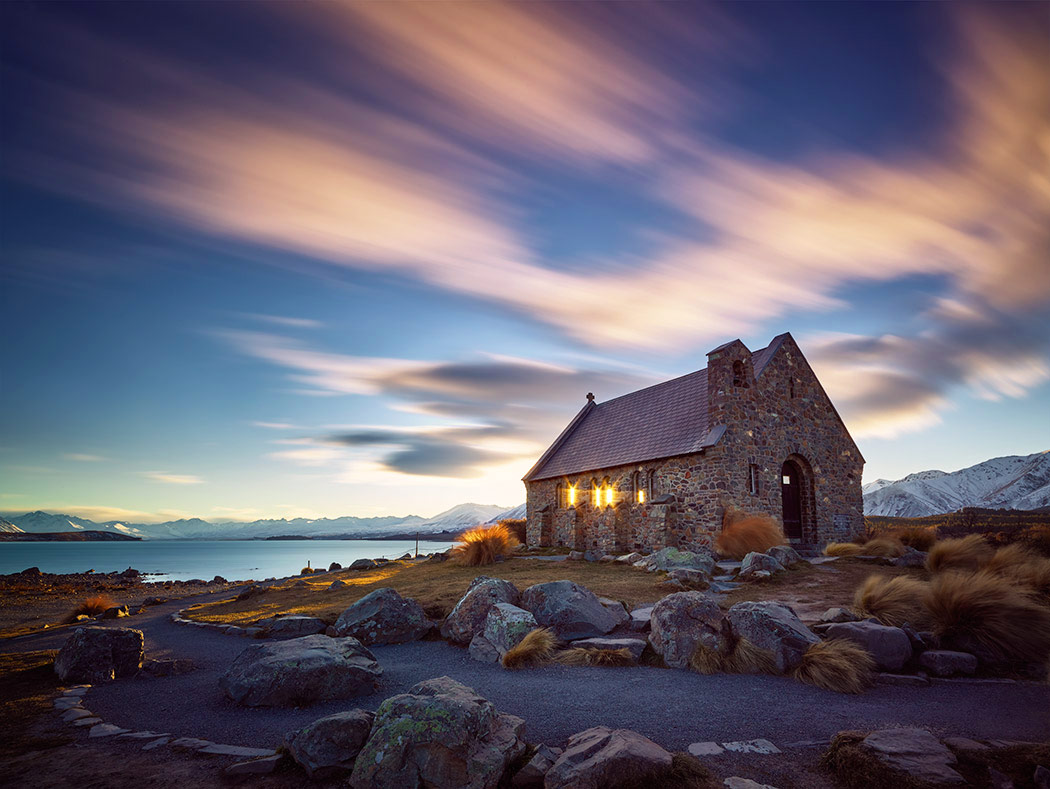
To perform that level of rapid-swap-outs, I need to be 100% confident in my gear. If I rest a filter on my bag, it can’t be “damaged” by a loose bit of dirt landing on it before I get chance to place it back in its holder.
I’m looking for a filter holder that is robust and compact (yes, it’s likely to suffer a few knocks during its working life!), as well as filters themselves which can resist the normal wear and tear of sliding in and out of their holding pouches. Again, this is where the manufacturers will all claim theirs are the best/strongest/toughest – the reality is they all have issues.
Cokin provide resin filters – which inherently are more susceptible to scratching. Indeed, I’ve had to replace 2 of mine recently because they just got too damaged (in part, because their holder itself allows the filter to touch the lens hood and any rotation then digs a trough into the surface!).
LEE (in some cases) offer both glass as well as resin filters, and I’ve personally found the glass options to be more durable – but the surface still appears to be easily marked.
NiSi offer an all-glass lineup – in theory more durable, but I have had some marks appear on the outside coating which seem to come from sliding in and out of the holding pouch. To be fair, unlike on a resin filter, these marks don’t seem to do anything to image quality and it looks like it’s only the anti-reflective coating that is affected, but it’s a little concerning that after a week’s shooting there are small signs of wear…
Fourth round: LEE: 9/10 (only for glass options) | NiSi: 4/10 | Cokin: 3/10 (for resin, they’re not bad)
Conclusion
Note: Updated August 2016 after a year in use, see below.
Based on my unscientific view (of course!) the numbers tell me the answer: NiSi 31/40 | LEE 24/40 | Cokin 10/40(!)
But let’s not forget that numbers themselves only tell half the story. In reality, I’ve used my Cokin filters for a long, long, time and have always loved the images they help me create. Yes, all filters have their problems – and if we’re looking for the “perfect solution” then technically they’re a bad choice. But I’m not shooting in the perfect environment, with the perfect setup, with perfect lighting (and my photography is equally not perfect!) so does it really matter that much if there are some technical inadequacies in the glass/resin you’re using?
In the world of filters, there are tens of “top-brands” (and hundreds of others) – I haven’t even mentioned my options from Hoya, Tiffen, Formatt HiTech, plus many more. All of these will have things they do well, and things they do badly. When it comes to my Phase One 28mm setup, I have to always keep a soft spot for Cokin, as (unlike LEE or NiSi) they were the only manufacturer that even offered a solution to my ultra-wide lens when I first started using it – without them, I wouldn’t have been able to capture the scenes I already have!
Likewise, LEE Filters were the first company to make a specific adapter for the ultra-wide series of lenses through their SW-150 kit, opening the door for many photographers to get creative again. While that system now appears clunky and messy, at one point it was a great option in comparison to anything else out there. Likewise, LEE have had a long ride on the back of their “Big Stopper” 10-stop ND solution – which has served them well and created an entire genre of long-exposure photography that’s become iconic in some ways.
The challenge is, that times change, and “new kids” come to play in the same arena. This is how I view the NiSi solution – it’s taken some of the best technology as well as the feedback about other solutions (through working with and listening to photographers like me) to create a system that’s truly great. It’s also surprisingly strong on the camera – I had no issues leaving it in the wind (with no motion blur from catching gusts) for minute-long exposures up high. If their intention was getting an accurate representation of what the camera sees, with “no-fuss” involved, they really have hit the jackpot with their new system.
I love my Cokin filters for their quirks. My LEE system was great to learn about long exposure times, and helped a bit with the light leak issues the Cokin holder kept giving me. But from now on, if I have to travel light, it’ll be the NiSi system I pack when I want results from a shoot.
As always, there is a “final word”, of course. With all that said above – let’s just remember one thing. It really doesn’t matter what kit you have in the grand scheme of things, it’s what you do with it that counts 🙂
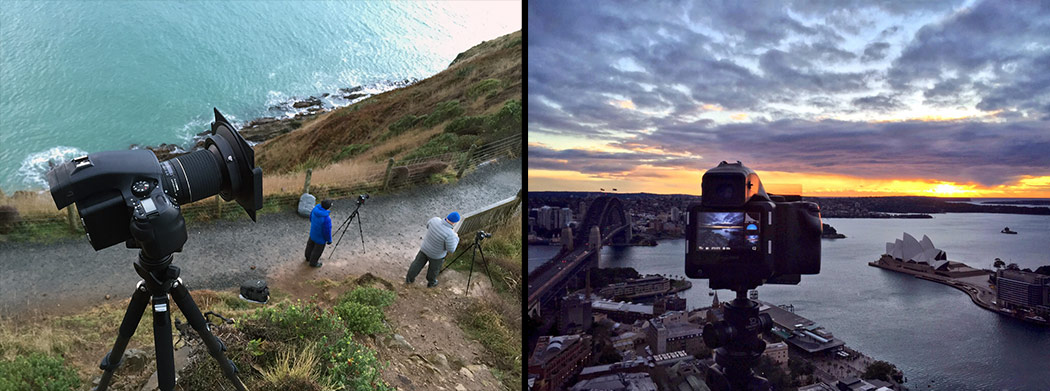
Update – NiSi Filters after a year in use, August 2016.
It’s been over a year since I wrote this review and comparison and in that time a lot of things have been learned, discovered and discussed about the NiSi filters offering. I make a point of being entirely independent when it comes to my opinions on products, and in this case wanted to revisit this article to ensure it was updated with my current observations.
In March this year, I was asked by them to join their stand at The Photography Show in Birmingham and explain the filter system to new customers, which gave me even more insight into what people were looking for and some of the challenges with each of the filter systems out there. That said, a year on, it feels right to point out some of the issues with the current system from NiSi – in the same way I was able to challenge the LEE and Cokin solutions before. In this case, the issues fall into two categories: Build quality and durability.
Build Quality – NiSi problems
Granted, I had one of the early prototype systems last year, but even the latest version I’ve been sent has some big challenges on both the 150mm and v5/100mm offerings. Imagine the scene: Set up on a jetty over one of the most amazing coral reefs in the Indian Ocean to shoot sunset when, while looking through your viewfinder, you hear a smash and everything goes bright. That’s right – the filter had simply slid out of the holder and smashed into dozens of sharp glass pieces on the floor.
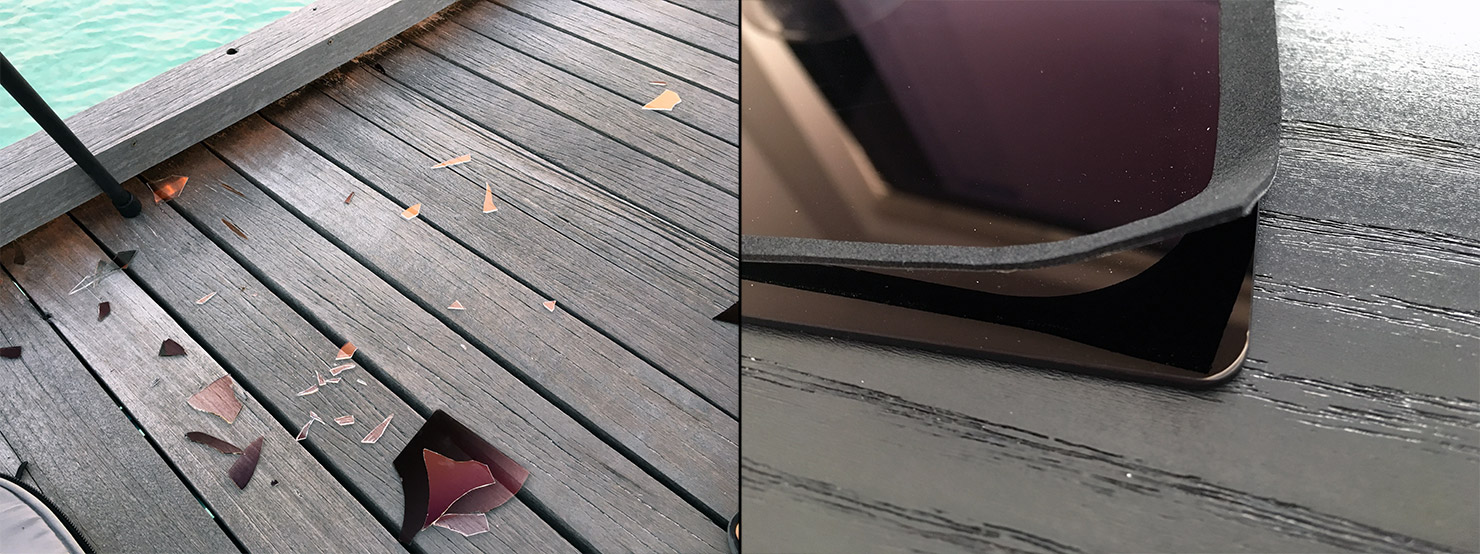
The team on the island were incredible, finding and piecing together every missing shard of glass through a mixture of diving and gathering, but this wasn’t a one-off. Through further testing back in the UK, along with many emails sent to them before this incident, it seems the holders just don’t “grip” the filters well enough. New holders have been sent, along with “updated” filters, but they behave in a very similar way – so, be warned, if it’s hot or humid outside get ready and prepared to catch the flying NiSi glass!
The v5 system has its own problems – the rotating “wheel” that allows the CPL to be independent of the holder seizes up, making it unusable. Add to that the challenge of the low-grade adhesive used to attach the foam backing onto the ND filters themselves and while both are likely minor engineering issues, they do add up to a big problem when out in the field shooting.
Durability – NiSi scratching
In my previous review above, I mentioned last year that I had concerns about the durability of these filters given the scratches I’d already seen after only a few uses by that point. I’m very aware that I’m not alone on this issue – having heard from dealers, resellers and customers from all corners of the world – and it’s a problem that for some reason NiSi seem unable to recognise or accept. These filters scratch : Easily and badly.

Running those images across from left to right – we see the scratching after one use of a soft grad ND, just sliding it in and out of the NiSi holder for a shoot. The guys at NiSi say “don’t worry, it’s just the coating” – but that’s the coating they sell as a feature in the first place. You’ll also notice that the “coating” is actually the neutral-density grading itself, so if such scratches occur anywhere in the visible area of the filter you’ll find it has a massive detrimental effect on your image.
In the middle we have an ND1000 filter (10-stop, or “Big Stopper” as LEE like to call it). You’ll notice the scratch marks across the middle of this piece of glass – bad handling? No. These scratches are caused by the natural bending of NiSi’s own filter case that is sold separately! (see image on the right)
Sadly, it’s taken them over a year to produce a new case from when I first reported this problem and I am yet to see an improved one hit the market to date. But wow, if there was ever an own-goal when it comes to protecting the filters a company produces, this would be it.
Overall, I do honestly believe that NiSi are selling some great glass from the Chinese factory with which they’ve partnered, all having a positive impact on the market. A durable, reliable, solution? Sadly not. But it’s a good attempt and still better than many other systems out there.
For me, however, the search continues for a genuinely great filter system…
